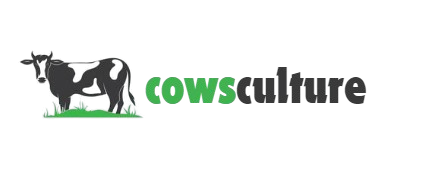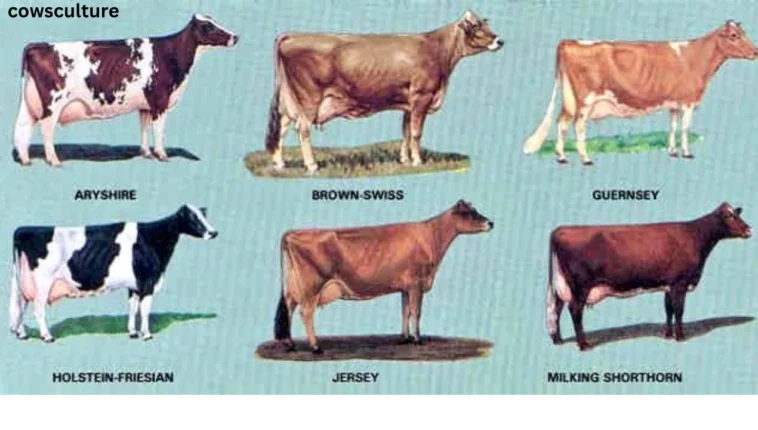Choosing the right dairy cow breed is crucial for maximizing milk production, ensuring quality, and maintaining a sustainable dairy farm. Different breeds have unique qualities, including milk yield, fat content, adaptability, and temperament. Here are some of the best dairy cow breeds, popular across the world for their outstanding performance in milk production:
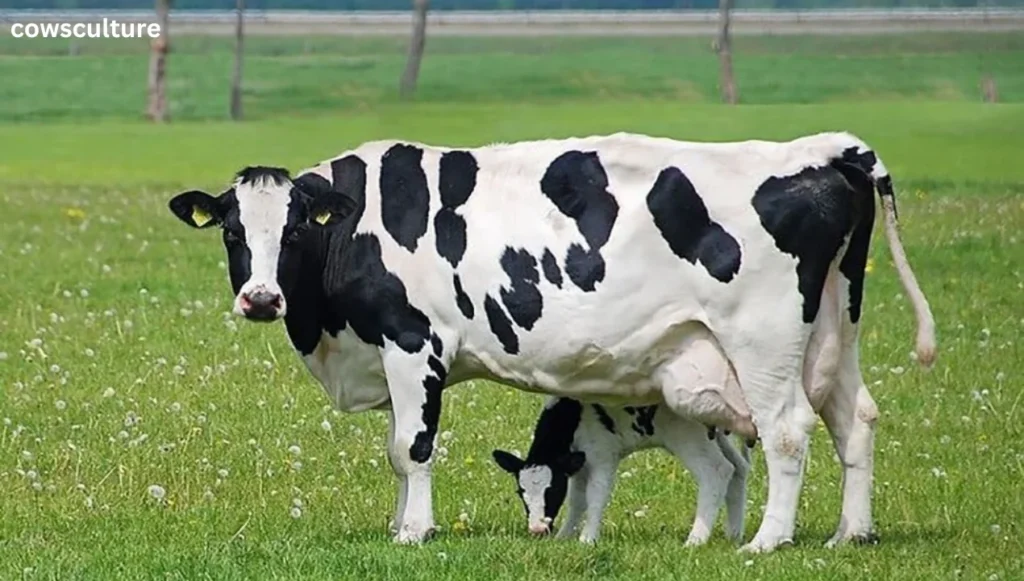
Holstein-Friesian
- Origin: Netherlands
- Milk Production: 20,000–30,000 lbs (9,000–13,500 kg) per year
- Fat Content: 3.6–3.8%
- Key Traits:
- Holsteins are the most common dairy breed, known for their high milk yield.
- They are large, black-and-white cows with excellent genetic traits for dairy farming.
- Best suited for large-scale commercial dairy farms due to their incredible productivity.
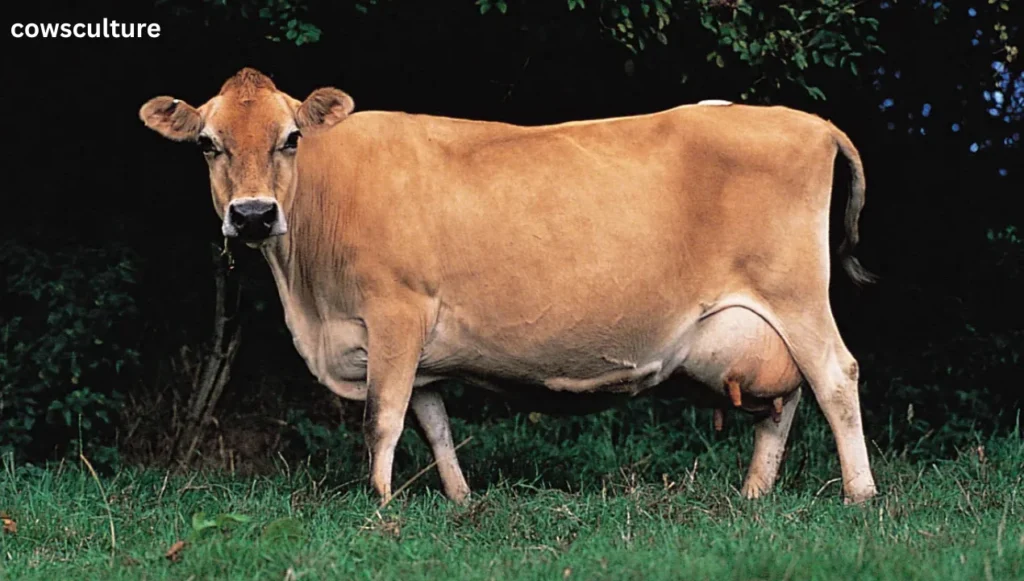
Jersey
- Origin: Channel Island of Jersey
- Milk Production: 10,000–16,000 lbs (4,500–7,000 kg) per year
- Fat Content: 4.9–6.0%
- Key Traits:
- Jerseys produce milk with a higher fat content, making it ideal for butter and cheese production.
- These cows are smaller in size, require less feed, and are highly efficient in converting feed into milk.
- Their docile nature makes them great for small or family-owned farms.
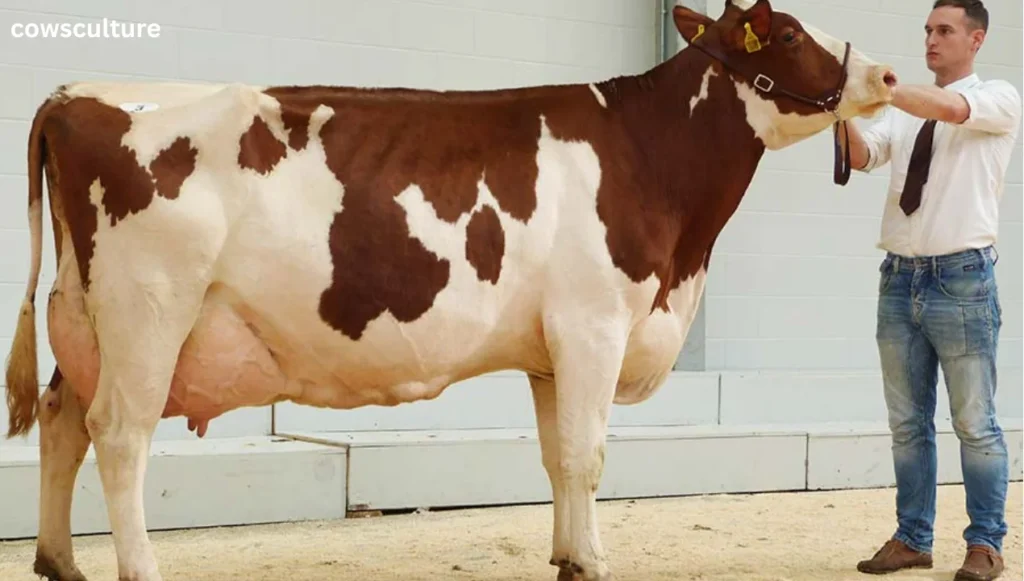
Ayrshire
- Origin: Scotland
- Milk Production: 12,000–20,000 lbs (5,500–9,000 kg) per year
- Fat Content: 3.9–4.7%
- Key Traits:
- Ayrshires are strong, adaptable cows that thrive in various climates and terrains.
- Their milk has a balanced fat-to-protein ratio, making it suitable for a wide range of dairy products.
- Known for their hardiness, they are excellent pasture cows.

Guernsey
- Origin: Channel Island of Guernsey
- Milk Production: 11,000–16,000 lbs (5,000–7,000 kg) per year
- Fat Content: 4.7–5.5%
- Key Traits:
- Guernseys are famous for their golden-hued milk, which is rich in beta-carotene.
- They produce milk with a higher fat content than Holsteins, making it favorable for high-quality dairy products.
- Guernseys are also known for their calm temperament and good feed-to-milk conversion.

Brown Swiss
- Origin: Switzerland
- Milk Production: 16,000–22,000 lbs (7,000–10,000 kg) per year
- Fat Content: 4.0–4.5%
- Key Traits:
- Brown Swiss cows are known for producing milk with a high protein-to-fat ratio, making it ideal for cheese making.
- They are large, strong, and known for their longevity and resilience in harsh environments.
- Their calm demeanor and adaptability make them popular in mixed farming setups.

Milking Shorthorn
- Origin: England
- Milk Production: 12,000–18,000 lbs (5,500–8,000 kg) per year
- Fat Content: 3.8–4.0%
- Key Traits:
- Milking Shorthorns are versatile cows that excel in both milk and meat production.
- They are efficient grazers and can thrive on a wide variety of diets, making them cost-effective.
- Their gentle nature and moderate size make them easy to handle on small to medium-sized farms.
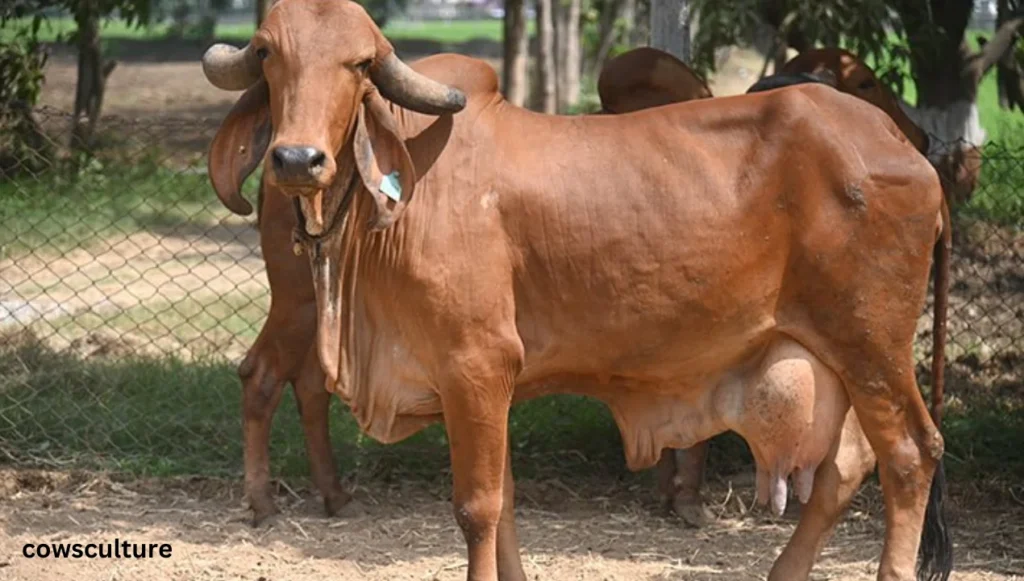
Gir
- Origin: India
- Milk Production: 4,500–6,000 lbs (2,000–2,700 kg) per year
- Fat Content: 4.5–5.0%
- Key Traits:
- Gir cows are a hardy indigenous breed known for their adaptability to hot climates.
- They produce milk rich in A2 beta-casein protein, which is considered healthier and easier to digest.
- Ideal for farms in tropical regions due to their disease resistance and strong immune system.

Sahiwal
- Origin: Pakistan and India
- Milk Production: 4,000–5,500 lbs (1,800–2,500 kg) per year
- Fat Content: 4.0–5.0%
- Key Traits:
- Sahiwal is another heat-tolerant breed, popular in tropical regions.
- Known for producing milk with high fat content, making it perfect for ghee and butter.
- They are low-maintenance and highly resistant to diseases common in warmer climates.

Norwegian Red
- Origin: Norway
- Milk Production: 16,000–20,000 lbs (7,000–9,000 kg) per year
- Fat Content: 4.0–4.2%
- Key Traits:
- Norwegian Red cows are bred for both milk production and disease resistance.
- They have a balanced milk yield and are known for their robust health, requiring less veterinary care.
- These cows are well-suited for dairy farmers looking for a low-maintenance yet productive breed.
Conclusion
The best dairy cow breed depends on your farm’s goals, climate, and available resources. For high-volume milk production, Holsteins are unmatched, while breeds like Jersey and Guernsey offer rich, high-fat milk perfect for specialty dairy products. If your focus is on hardiness and adaptability, the Gir or Sahiwal breeds are excellent choices for warmer climates. Understanding the strengths of each breed will help optimize your dairy farming operations.
FAQs
- What is the highest milk-producing dairy cow breed?
- The Holstein-Friesian is the highest milk-producing breed, capable of producing between 20,000 to 30,000 lbs of milk per year. It is the most common breed used in large commercial dairy farms.
- Which dairy cow produces the richest milk in terms of fat content?
- The Jersey breed is known for producing milk with the highest fat content, ranging from 4.9% to 6.0%. This makes it ideal for products like butter, cream, and cheese.
- What breed is best for small dairy farms?
- Jerseys are a popular choice for small farms due to their smaller size, efficient feed conversion, and higher fat content in milk. Guernsey cows are also well-suited for smaller farms, providing rich milk and requiring less feed compared to larger breeds like Holsteins.
- Which dairy breed is most suitable for tropical climates?
- Gir and Sahiwal breeds are well-adapted to tropical climates. They are heat-tolerant, disease-resistant, and produce milk with good fat content, making them ideal for hot regions.
- What is the difference between Holstein and Jersey milk?
- Holstein cows produce more milk overall but with lower fat content (around 3.6-3.8%). Jersey cows produce less milk, but it is richer in fat (4.9-6.0%), making it ideal for butter, cream, and cheese.
- Which dairy cow breed has the best milk for cheese production?
- The Brown Swiss breed produces milk with a high protein-to-fat ratio, making it especially suitable for cheese making. Their milk has a balanced composition that contributes to high-quality dairy products.
- Are there dual-purpose cow breeds for both milk and meat?
- Yes, the Milking Shorthorn is a dual-purpose breed that excels in both milk and meat production. They are efficient grazers and provide a decent milk yield while also offering quality beef.
- What is A2 milk, and which breed produces it?
- A2 milk is a type of milk that contains only the A2 beta-casein protein, which some believe is easier to digest and healthier than A1 milk. Breeds like the Gir and Sahiwal cows are known for producing A2 milk.
- Which dairy cow breed is the most low-maintenance?
- Norwegian Red and Ayrshire breeds are considered low-maintenance due to their disease resistance, adaptability to different climates, and efficient feed conversion. They are ideal for farmers looking for high productivity with minimal veterinary care.
- Which cow breed is best for organic or grass-fed dairy farms?
- The Ayrshire and Milking Shorthorn breeds are excellent for organic or grass-fed systems. They are efficient pasture grazers and produce quality milk from low-input farming systems.
- How long do dairy cows produce milk?
- On average, dairy cows produce milk for about 5-6 years, though some breeds like Brown Swiss and Norwegian Red are known for their longevity and can produce milk for longer periods.
- What are the key factors to consider when choosing a dairy cow breed?
- When choosing a dairy cow breed, consider:
- Milk production (volume and quality)
- Fat and protein content
- Climate adaptability
- Feed efficiency
- Disease resistance
- Farm size and management practices
- When choosing a dairy cow breed, consider:
By considering these factors, you can select the best breed that aligns with your farm’s goals and resources.
